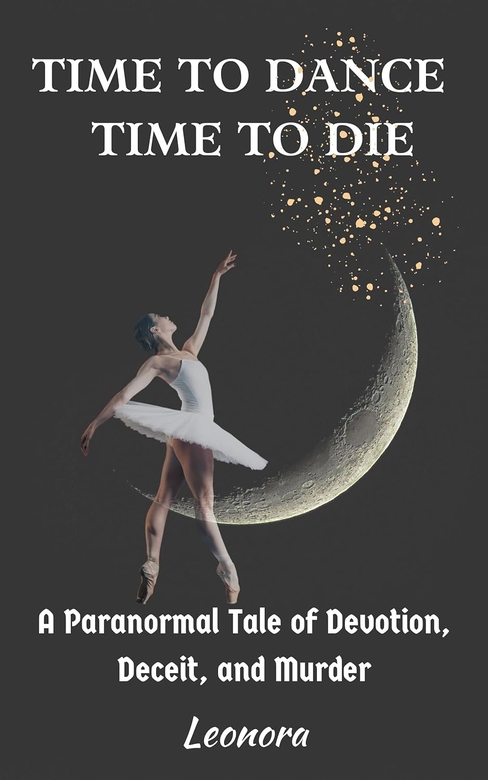
A captivating novel that intertwines the elegance of ballet with the ominous threads of a psychological thriller, Time to Dance, Time to Die: A Paranormal Tale of Devotion, Deceit, and Murder by Leonora provides both an insider’s look at the world of ballet and a chilling narrative of ambition turned deadly.
Erica, a young and hopeful dancer, receives the life-altering opportunity to audition for the prestigious Romanova Ballet Conservatory. Accepted under the tutelage of Madame Alexandra Romanova, a renowned former star of the Kirov Ballet, Erica’s dreams appear to be within her grasp. However, the world of ballet proves to be perilously dark under the surface, revealing a tumultuous arena of power struggles and sinister secrets.
As Erica navigates through this glamorous yet treacherous landscape, she encounters not only the pressures of achieving artistic perfection but also the aggressive machinations of those who wield power within the conservatory’s walls. A young dancer was murdered in the past, and Erica may be next in line.
Leonora excels in crafting a vivid setting, utilizing the opulent and demanding environment of professional ballet to heighten the novel’s tense atmosphere. The rigorous physical and emotional demands of ballet are depicted with an authenticity that speaks to meticulous research and a deep understanding of the dance world. Erica’s dreams always feel as if they’re one small step from crashing down, as the author creates an anxiety-riddled atmosphere where there’s no one you can trust – and that is even before she must worry about escaping with her life.
While the richly layered descriptions of ballet are fascinating and evocative, the narrative might rely on these details too much at the expense of the suspense. The middle sections in particular are dense with detailed explorations of dance routines and the internal dynamics of the ballet company, coming at a point when these facets should already be well-established, which tends to slow down the progression of the core story. These passages, while beautifully descriptive, might benefit from condensation to maintain a tauter, more focused plotline.
In general, the pacing is somewhat uneven – while there is too much time given to expositional detail, there is too little attention given to character development, particularly in relation to Erica’s personal and professional dilemmas, which would benefit from a deeper exploration of their psychological and emotional impact; these moments feel rushed in comparison to the meticulous attention given to other parts of the story. The secondary characters, such as Oleg and other dancers, also lack some depth and complexity, seeming almost like part of the setting than fully realized people, which affects the story’s overall sense of realism and believability that could in turn heighten the suspense.
That said, the author’s focus on setting is fascinating and enchanting, and manifestly well-drawn, illustrating the dark realities that can lurk beneath the single-minded ambition for artistic perfection. So while there are aspects of pacing and character development that could be enhanced, the novel stands out in the thriller genre for its evocative portrayal of the beauty and discipline of ballet, combined together with an intense psychological drama, which builds powerfully to a gripping climax.
Book Links
STAR RATING
Design
Content
Editing
Get an Editorial Review | Get Amazon Sales & Reviews | Get Edited | Get Beta Readers | Enter the SPR Book Awards | Other Marketing Services























Leave A Comment